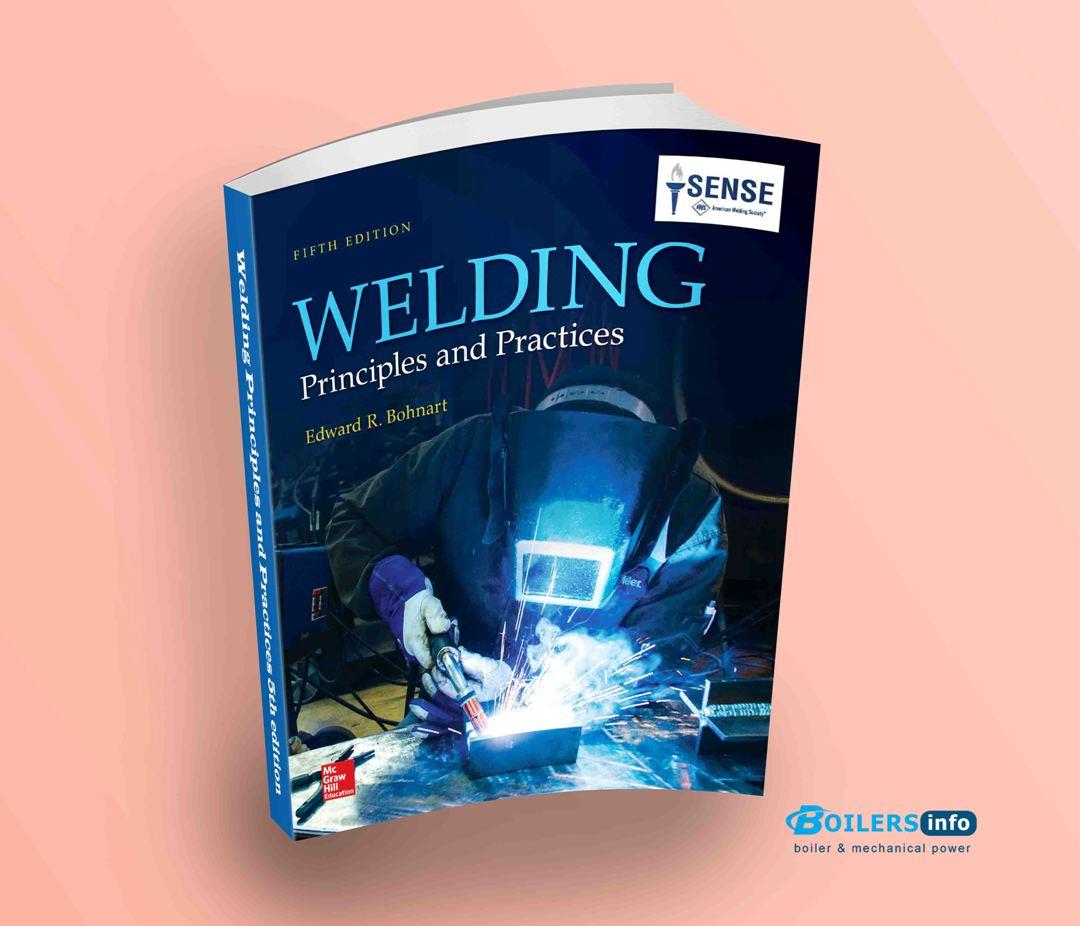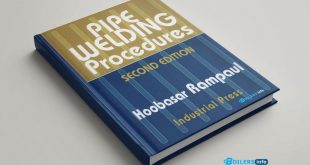Introduction
Welding is a critical process in manufacturing, construction, and repair industries. It involves the fusion of materials, typically metals or thermoplastics, through heat and/or pressure to form a strong bond. Understanding the fundamental principles of welding and adhering to best practices ensures high-quality results, enhanced safety, and increased efficiency.

Fundamental Principles of Welding
1. Heat Generation and Control
Welding requires a heat source to melt the base and filler metals. Common sources include electric arcs, gas flames, lasers, and friction. Controlling heat input is essential to prevent defects such as warping, burn-through, and excessive heat-affected zones (HAZ).
2. Metal Fusion and Solidification
During welding, the molten metal pool forms, mixing base and filler materials. Proper cooling and solidification techniques are necessary to achieve strong metallurgical bonds and prevent cracking.
3. Shielding and Protection
Exposure to atmospheric gases like oxygen and nitrogen can cause weld defects such as porosity and oxidation. Shielding methods, such as inert gases (argon, helium) in TIG and MIG welding or flux in stick welding, protect the weld pool from contamination.
4. Joint Preparation and Fit-Up
The success of a weld depends on joint design, cleanliness, and fit-up. Proper edge preparation, including beveling and grinding, ensures full penetration and fusion. Misalignment or gaps can lead to weak welds and potential failure under load.
Best Practices for High-Quality Welding
1. Selecting the Right Welding Process
Each welding method (MIG, TIG, Stick, FCAW, etc.) has its advantages and is suited for specific applications. Consider factors such as material type, thickness, position, and environmental conditions when selecting the process.
2. Using Appropriate Filler Material
Matching filler metal composition with base metal is crucial for weld integrity. Using the wrong filler can cause weak joints, brittleness, and premature failure.
3. Maintaining Proper Welding Parameters
Controlling voltage, amperage, travel speed, and electrode angle affects weld quality. Manufacturers provide recommended settings for different materials and thicknesses, which should be followed to prevent defects.
4. Ensuring Clean Surfaces
Contaminants like rust, grease, and paint can lead to poor adhesion and weak welds. Cleaning surfaces using wire brushes, grinders, or chemical treatments improves weld penetration and strength.
5. Ensuring Proper Ventilation and Safety Measures
Welding fumes contain hazardous substances that can affect respiratory health. Proper ventilation, fume extractors, and protective equipment (helmets, gloves, fire-resistant clothing) are essential for safety.
6. Performing Pre-Weld and Post-Weld Inspections
Before welding, verify joint alignment, fit-up, and electrode selection. After welding, inspect for defects like cracks, undercuts, and porosity. Non-destructive testing (NDT) methods such as ultrasonic, radiographic, and dye penetrant testing help ensure quality.
7. Skill Development and Training
Continuous training and practice improve welding skills. Certification programs, apprenticeships, and hands-on experience contribute to producing high-quality welds and meeting industry standards.
Conclusion and Book
Adhering to welding principles and best practices is vital for producing durable and defect-free welds. Proper technique, material selection, equipment maintenance, and safety protocols enhance welding efficiency and reliability. Whether you are a beginner or an experienced welder, following these guidelines will ensure optimal results and long-lasting structures.
 Boilersinfo Boiler and Mechanical Power Digital Library
Boilersinfo Boiler and Mechanical Power Digital Library





